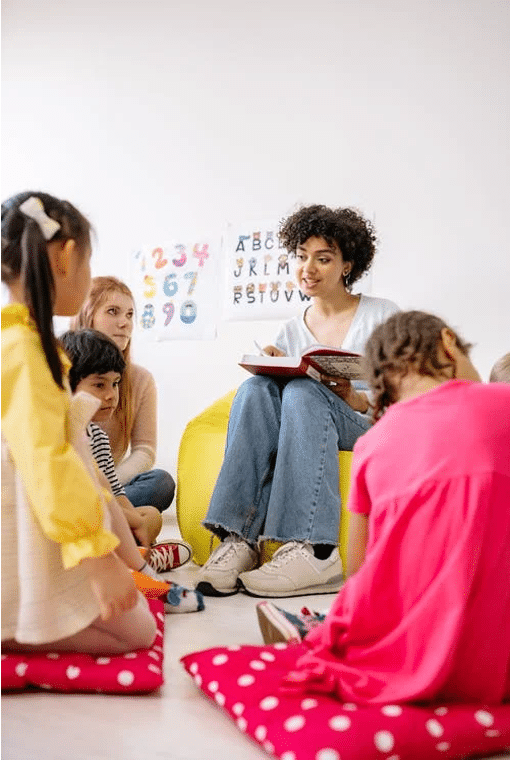The Science of Spelling
These days, we talk a lot about phonics - but what about spelling? In many elementary schools and school districts, the old fashioned spelling bee has returned as a means of fostering both spelling skills and healthy competition among aspiring readers and writers. Inspired by the resurgence of the spelling bee and Wordle, we dive into the latest research on spelling activities and their importance for young readers.

Spelling Lessons for Kindergarten & 1st Grade
Among researchers, the findings are clear: combining explicit spelling and phonics instruction is essential for early readers. Both cognitive psychology and neuroscience researchers have found that spelling is a crucial component of the brain’s reading architecture. Through spelling activities, children learn to map the sounds of words to their letters in spoken language. Compared to simply eyeing the letters, spelling requires more long-term memory and a deeper level of analysis to successfully sound out and write a word at the same time.
In a fluent reader of any language, the brain integrates spelling and visualization of phonics patterns to achieve “automaticity”: the ability to read and comprehend fluently, and to spell with relative ease. The English language has an especially complex reading map, which typically requires around two years of word study in kindergarten and first grade before students amass a vocabulary of around 300+ words that they read and spell automatically. This process aligns with the research of developmental cognitive scientist Linnea Ehri, who wrote that “learning to read and learning to spell are one and the same, almost” (Ehri, 1997).
The “almost” lies in the code of orthography. Spelling requires students to actively use the “orthographic code,” which is cracked when readers learn how to write using the correct order of letters according to their accepted usage. Compared to reading, which only requires the pronunciation of a word, spelling presents the dual challenge of writing letters in their correct sequence. As students learn to spell, they learn how to break down words into their sounds and map individual letters or “chunks” to the corresponding sounds. They also develop phoneme awareness and letter knowledge, which Hulme et al. highlighted as two key steps for children learning to read.

A 2022 Danish study recently endorsed the importance of integrating spelling activities and phonics, even for students who have not yet achieved grade-level reading milestones. The researchers found that early spelling activities were associated with significant gains in phoneme awareness, spelling, and reading, compared to classrooms in the “phonics alone” condition or those in the “business-as-usual” condition. Similar results are mirrored across a range of languages and for students experiencing difficulties with early reading; for English learners, researchers similarly found that spell-to-read activities enhance the brain’s reading architecture and ultimately boost their phoneme awareness.
Spelling Games and Resources
If you’re looking for more spelling ideas and activities to enhance your structured literacy classroom, we have a few recommendations:
- Baseball Spelling, which uses baseball terminology to reinforce your weekly spelling words
- Stair Steps, an easy DIY spelling game that helps students memorize the way words are spelled
- Sensory Spelling, which utilizes a range of unusual materials - sand, shaving cream, wood Scrabble letters, you name it - to encourage spelling words in exciting, sensory ways
Keep reading, keep spelling, and come back next week for the latest reading resources to support the young readers in your life.

Take-Aways:
- Based on reading science research, both spelling activities and explicit phonics instruction are essential for early readers.
- Due to its reliance on long-term memory and the orthographic code, spelling presents a greater challenge to the reading brain.
- When students learn to spell in their spoken language, they are positioned to read and write more fluently and confidently, particularly if structured spelling lessons are taught from kindergarten through first grade.
Start Teaching Reading for Free Now!
Access Level 1’s four interactive stories and the accompanying supplemental resources to teach elementary students how to read. No credit card is needed. Join the 42,635 teachers and students using our reading program.
